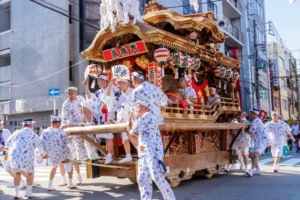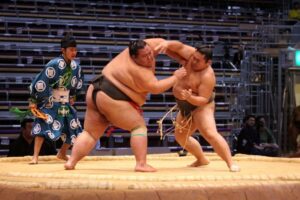
The Japanese Tea Ceremony known as Chanoyu or Sado is one of the most iconic cultural traditions of Japan. It represents harmony, respect, purity, and tranquility. This ritual is more than just drinking a cup of tea. It is an art form that blends philosophy, etiquette, and aesthetic appreciation. For centuries the ceremony has been practiced in tea houses, temples, and homes across Japan, reflecting the nation’s deep spiritual connection to simplicity and mindfulness.
The Meaning Behind the Tea Ceremony
Chanoyu carries a profound cultural message. Every gesture is intentional and every movement is guided by long standing teachings. The ceremony teaches participants to appreciate the present moment. It also encourages a peaceful state of mind where both host and guests share a sense of respect.
The tea used in the ceremony is matcha, a finely ground green tea powder known for its vibrant color and rich taste. Preparing and serving matcha requires skill and precision. This makes the ceremony a true art form that has been passed down from generation to generation.
Key Elements of Chanoyu
Several important components create the atmosphere and meaning of the Japanese Tea Ceremony. Each element plays a role in enhancing the mindful experience.
1. The Tea Room
The tea room is designed to be calm and minimalistic. Natural materials such as wood, tatami mats, and paper screens are used to create a serene space. This simple environment helps participants detach from the outside world.
2. Utensils and Tools
The tools used in Chanoyu are carefully selected. They include the tea bowl, bamboo whisk, bamboo scoop, and kettle. Each item has cultural and artistic value. Many tea masters choose utensils based on the season or the theme of the ceremony.
3. The Ritual Process
The ceremony follows a detailed sequence of steps. Guests enter the tea room, purify their hands, admire the utensils, and appreciate the surrounding decor. The host then prepares matcha with slow and graceful movements. Guests drink the tea with gratitude and mindfulness.
4. Spiritual Values
The ceremony embodies four principles taught by the tea master Sen no Rikyu. They are harmony, respect, purity, and tranquility. These values guide the behavior of both host and guests throughout the ceremony.
Why the Tea Ceremony Remains Important Today
Despite modern lifestyles, Chanoyu remains a respected tradition in Japan. Many people practice it to relieve stress and reconnect with inner calm. Cultural schools all over Japan teach the art of tea to younger generations so they can carry on this valuable heritage.
Tourists visiting Japan often participate in tea ceremony experiences to learn about the country’s cultural roots. These sessions offer a glimpse into the Japanese way of simplicity and elegance.
The Japanese Tea Ceremony is a beautiful cultural practice that highlights mindfulness and respect. With its graceful movements and deep philosophy, it continues to inspire people around the world. Chanoyu is not just a ritual. It is a living tradition that represents the heart of Japanese culture.





